Disrupting the Pentagon: Can the Air Force Learn To Think Like a Startup?
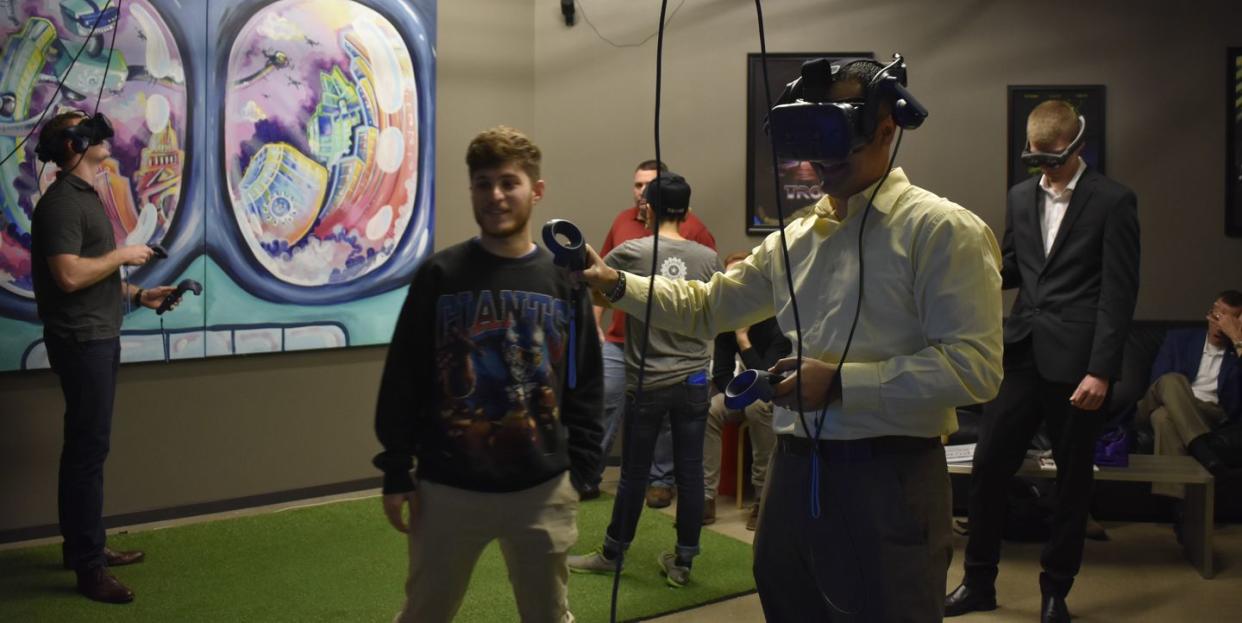
Gen. Stephen Wilson sips from a plastic cup of cold brew as he eyes the drone before him. Wilson is not wearing a uniform, but everyone here at the Capital Factory, an 81,000-square-foot startup incubator space in downtown Austin, defers to the Air Force Vice Chief of Staff, uniform or no.
The drone’s maker, Gareth Block of Third Insight Inc., holds the flying disc in one hand, telling Wilson it could be the key to the future of unmanned aircraft. Third Eye’s drones are built with a mesh of copper that serves as a protective Faraday cage against unwanted signals. Drone autonomy is a hot-button issue as America's potential foes devise ways to jam or tamper with satellite signals.
“He who controls the spectrum, wins,” Wilson intones, and then launches into a discussion about materials besides copper that can help safeguard electronics. The material of choice, if money is no object, is graphene. But price is always a consideration, so Block mentions magnetite as an alternative. “Write that down!” Wilson cries out to an aide, who scribbles into a notebook.
Appetite for Disruption
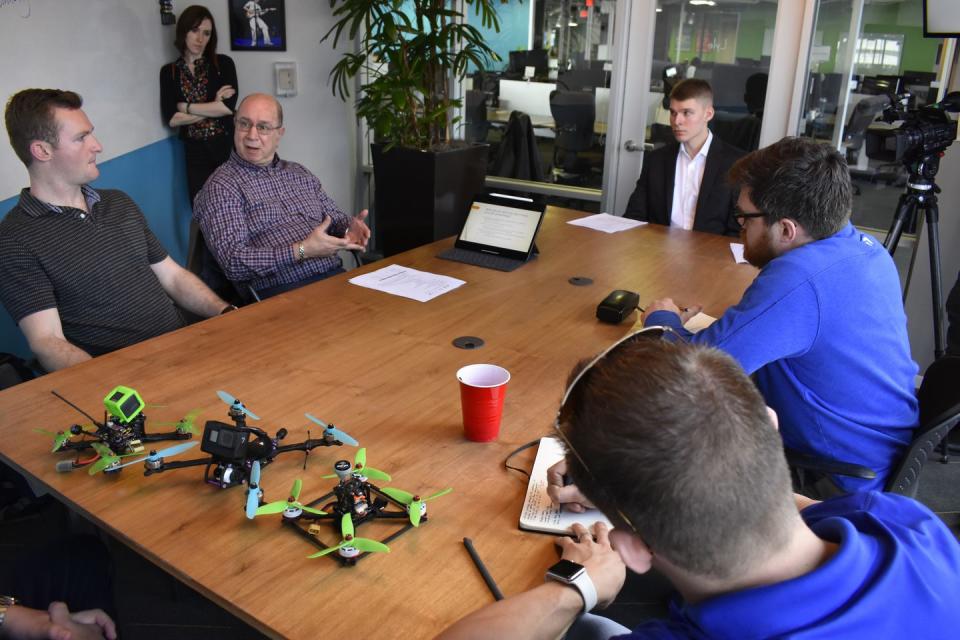
While the general is visiting for just a few days, the Air Force now has a permanent office at the Capital Factory (on the ground floor, next to the inevitable ping pong room). The space is meant to be the polar opposite of an intimidating air base, enticing entrepreneurs in the building to drop in and see if they could be working with the Air Force. AFWERX, an effort the Air Force began in 2017 to bring the Air Force closer to the world of the startups companies, now runs offices in Las Vegas, Washington D.C. and here in Austin.
The typical Air Force way of doing business-slow, methodical, rigid-could not be less appealing to startups. They are low on staff, inexperienced in government contracting, and lack the money to stay in business long enough for the Pentagon to finally agree to fund them. What's more, the Pentagon's glacial pace is no way to meet quickly emerging threats from Russia and China.
Wilson is trying to change that. “Senior leadership’s role is to knock down barriers to success,” he says. “There are people out there who are competing against us to win. We need to get faster.”
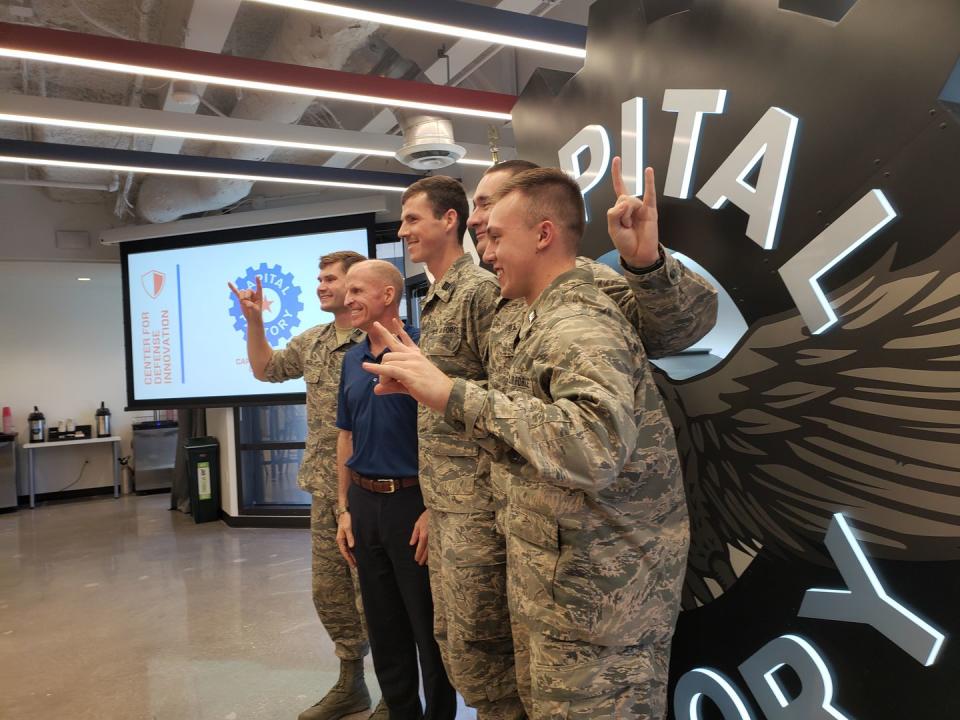
What’s happening in Austin is a microcosm of the nationwide effort to let entrepreneurs and military meet face-to-face. “We never expected to have people in uniform here, but it’s awesome,” says Capital Factory CEO Joshua Baer, who gestures at a wall of the Air Force’s ground floor office that rolls up like a garage door. “We have parties in the lobby here and they open this door, so people can wander in…What we do here is figure out how to make the right environment for that to happen.”
Even so, making the Air Force ready for startup culture is not as easy as inviting the brass and leaving the uniforms at home.
'Shark Tank' For the Military
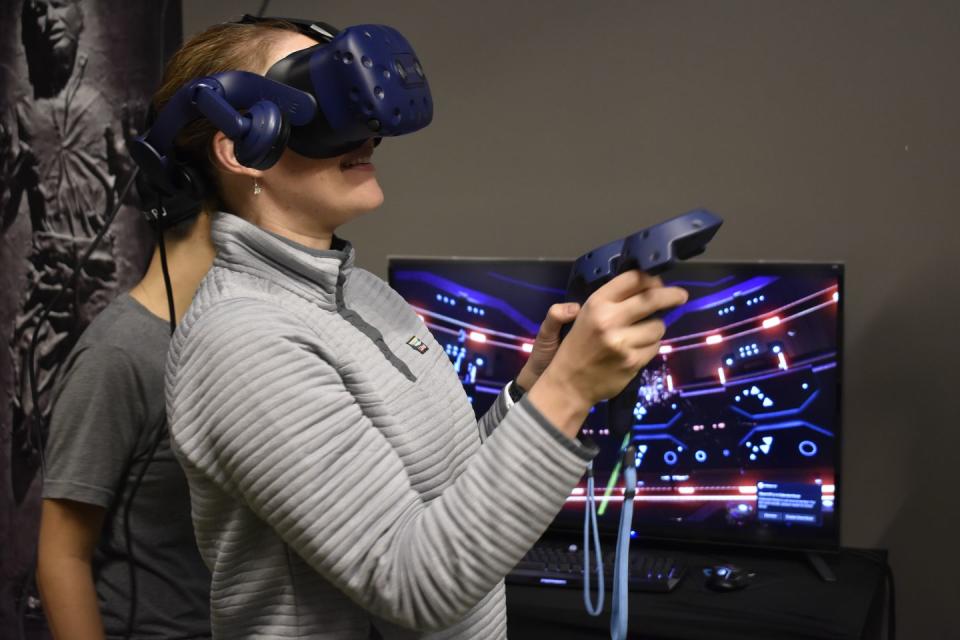
The Pentagon can spend years defining the specific requirements of a new project before handing it off to one of the handful of giant defense contractors that have the staff to navigate the Byzantine process and deep pockets to survive the wait. “Even on our best days, it will take four months to do awards,” says Will Roper, the USAF Assistant Secretary for acquisition, technology and logistics.
Roper is one of the chief proponents of the outreach to startups, and he knows how big the change would be. “[Four months] might be okay for a defense prime or even a company of several hundred people that can keep paychecks flowing while they wait. But for a startup that's got a big idea, living month to month, they need to have awards done within the week.”
He wanted to get creative with the Pentagon's clunky funding apparatus, “hacking” the system to get money to startups fast. The solution became a government purchase card-basically a credit card the Air Force uses to buy things off the shelf, such as hoses and ropes. “When you dig into the purchase card authority, it's actually really broad,” Roper says.
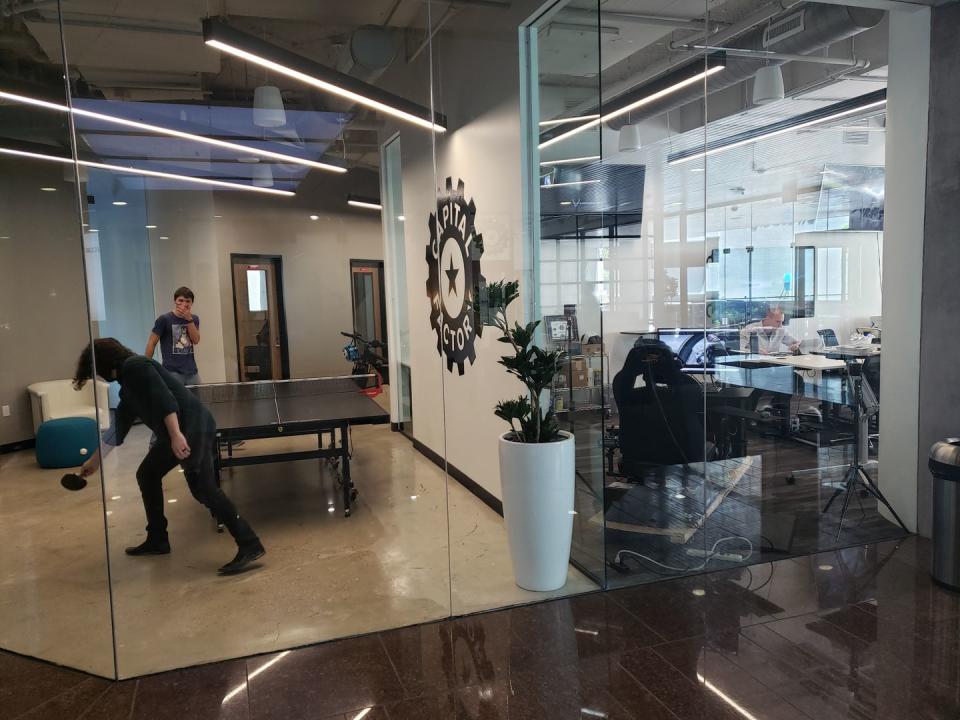
The startup solution could not only speed up the military's pace of tech advancement, but also amplify its investment. “Early investments tend to multiply in the VC world. When one person buys in, typically more do,” Roper says. “So we might see Air Force investments multiply, where a commercial investor would say, 'Well, if the Air Force is interested, I know there's a business case for national security, I see something that might be commercially viable. I'm going to buy in as well.'”
The Air Force now holds “Pitch Days,” in which entrepreneurs can walk in, meet uniformed officials, and potentially leave with a government contract that day. Over two days in New York in March, the Air Force awarded 51 contracts, paying out up to $158,000 to each company.
Like many federal agencies, the Defense Department has Small Business Innovation Research (SBIR) projects that can go toward startups. “That’s $660 million dollars every year that there seem to be very little expectations for,” Roper says. “So what I want the Air Force to start having is high expectations. I want U.S. startups to have high expectations that this money is going to start becoming seed corn.”
How Innovation Spreads
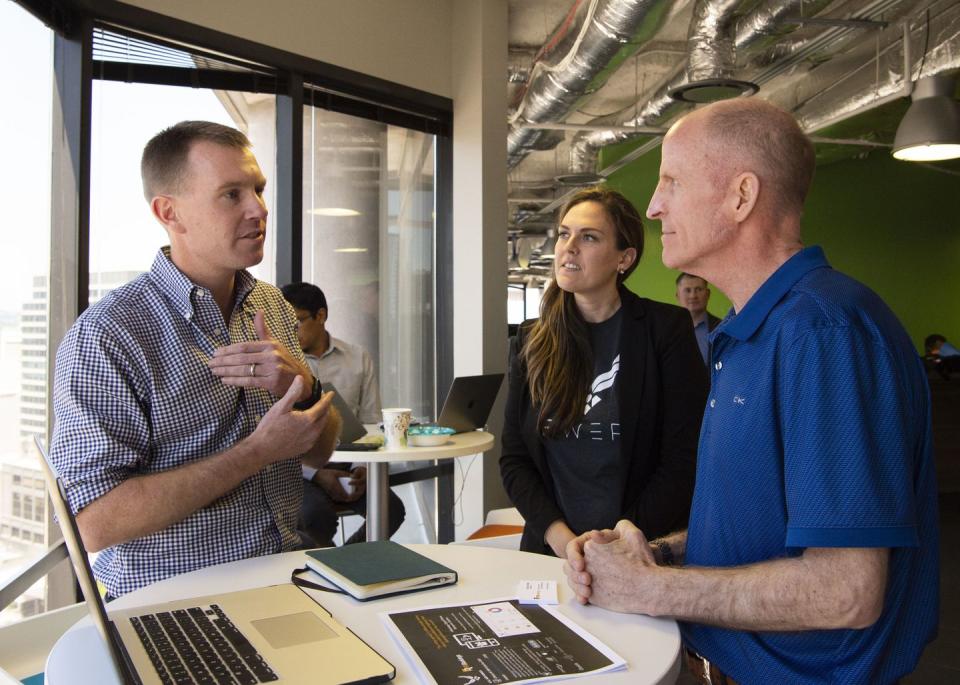
Since so much of the startup culture depends on communication, having multiple points of contact across the nation is a must-have for the Air Force. Many companies don’t have military in mind as a customer for their tech until someone suggests it.
In the afternoon, Wilson leaves downtown Austin and endures the midday traffic to visit the headquarters of Icon, a company behind massive 3D printers that can create entire concrete structures in hours. “Twenty months ago we didn’t know what AFWERX was or that we could even work with the Air Force,” Icon co-founder Evan Loomis says. “Until we were introduced to the concept, we as civilians didn’t know it existed.” Now, on top of venture capital investments, they have an SBIR grant to research the idea of using robots and propriety cement mixtures to create ad-hoc military bases.
Wilson watches the robotic arm trace deft patterns on a full-scale test platform, and then grins as Loomis hands him a phone loaded with an app to move the arm manually. The demo turns into a discussion: Could they infuse the concrete with materials to mask any emissions that a savvy opponent could use to monitor or target the base? And then he demonstrates the true nature of innovation: its dependence on random conversations.
“If you were looking at graphene, I just heard about something that might be cheaper,” Wilson says, then looks for his aide. “What’s that name? Magnetite.”
('You Might Also Like',)

